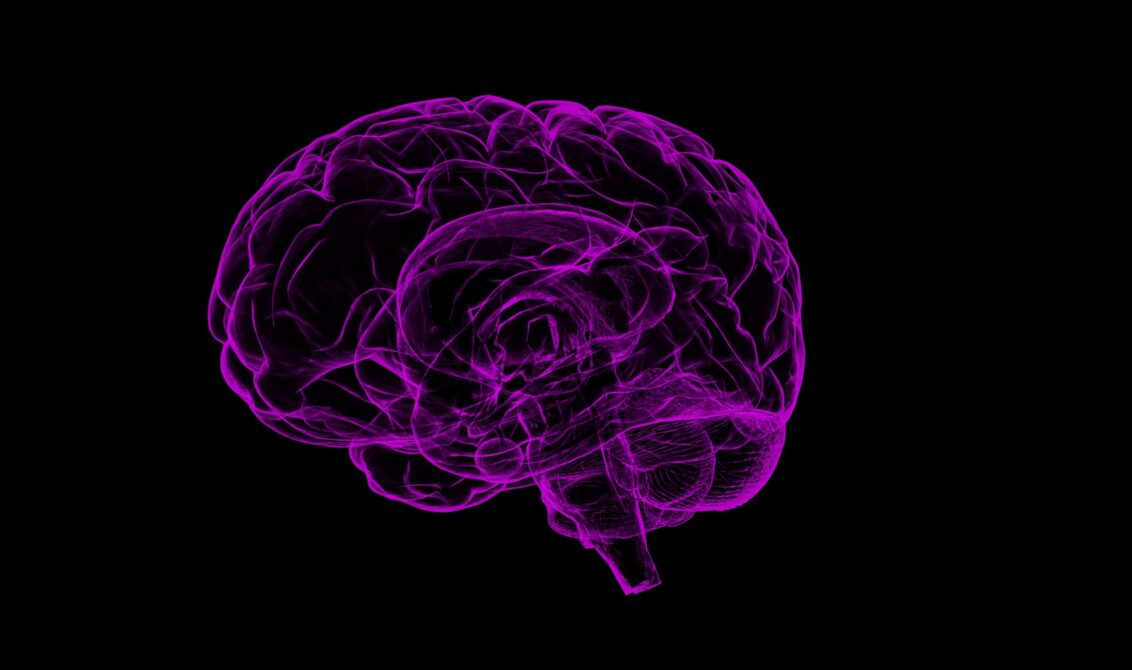This week, an article about the benefits of floating in quiet darkness in a floatation tank came across our desk. Here is some insight from author Glenn Perry, who pioneered the commercial float tank industry and worked closely with the inventor of float tanks, John Lilly.
The Brain Science Behind Floating
Neuroscientist Dr. John Lilly created the first tank in 1954 at the National Institutes of Mental Health Lab in Bethesda, Md., to probe the frontiers of human consciousness. In 1972, Glenn and his wife Lee worked with Lilly to perfect the floatation tank, founding Samadhi Tank Co. and the commercial float tank industry.
Floatation tanks are soundproof, lightproof enclosures with less than one foot of water heated to skin temperature. Epsom salt dissolved in the water allows a person to float effortlessly in what feels like zero gravity.
”The tank eliminates distractions including sound, light and the experience of gravity,” Glenn says. “This enables us to focus our mental energy intentionally or simply allow for drifting and exploration – an ultimate break from everything.”
When the brain isn’t distracted by sensory overload (smartphones, laptops, email, newsfeed, TV, traffic, etc.), it becomes free to enter expanded states of consciousness. Researchers at Laureate Institute for Brain Research (LIBR) in Tulsa, Oklahoma, have documented a number of benefits, including:
- Huge reductions in stress and short-term anxiety.
- A deeply relaxed meditative state.
- Changes in brain networks that allow people to learn new associations between sensations such as breathing and heartbeat and relaxation.
Experiences vary from person to person, and each float produces a different experience. In their new book, “Floating in Quiet Darkness,” Glenn and Lee Perry explain how floating helps people reboot the brain, access a sense of deep calm and reconnect with stillness and creativity.
